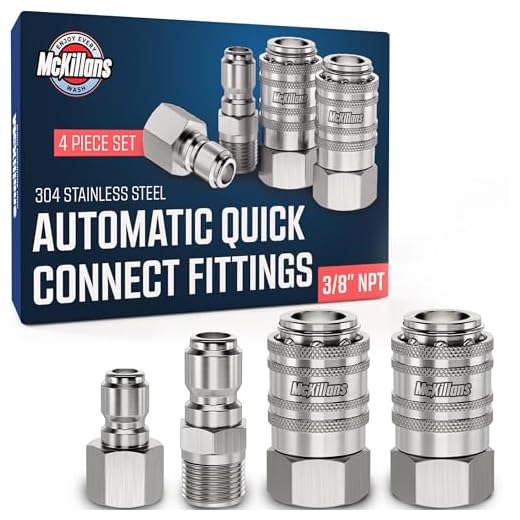



Compatibility of hoses with cleaning units is crucial. Contrary to popular belief, not every hose will fit all models. In my extensive experience, I’ve encountered various designs and specifications that can restrict usage. The pressure rating, connector type, and length play significant roles in determining whether a hose is suitable for your machine.
Length is often underestimated. A short cord may limit mobility during cleaning, while an excessively long one can lead to pressure loss. Additionally, connectors come in different sizes and styles, including quick connects and screw-on types. Always check your unit’s specifications before purchasing a replacement to ensure a proper fit.
Additionally, the construction material of the hose affects durability and flexibility. Hoses made from high-quality materials tend to withstand wear and tear better. It’s advisable to opt for reinforced hoses that offer greater resistance to kinks and abrasions. Investing in a hose that matches your equipment will enhance performance and longevity.
Compatibility of Hose Fittings Across Brands
Fittings on hoses vary significantly among different manufacturers. It’s crucial to identify the type of connection your equipment uses. Generally, standard thread sizes are not as common as one might think, which can lead to compatibility issues.
Types of Hose Fittings
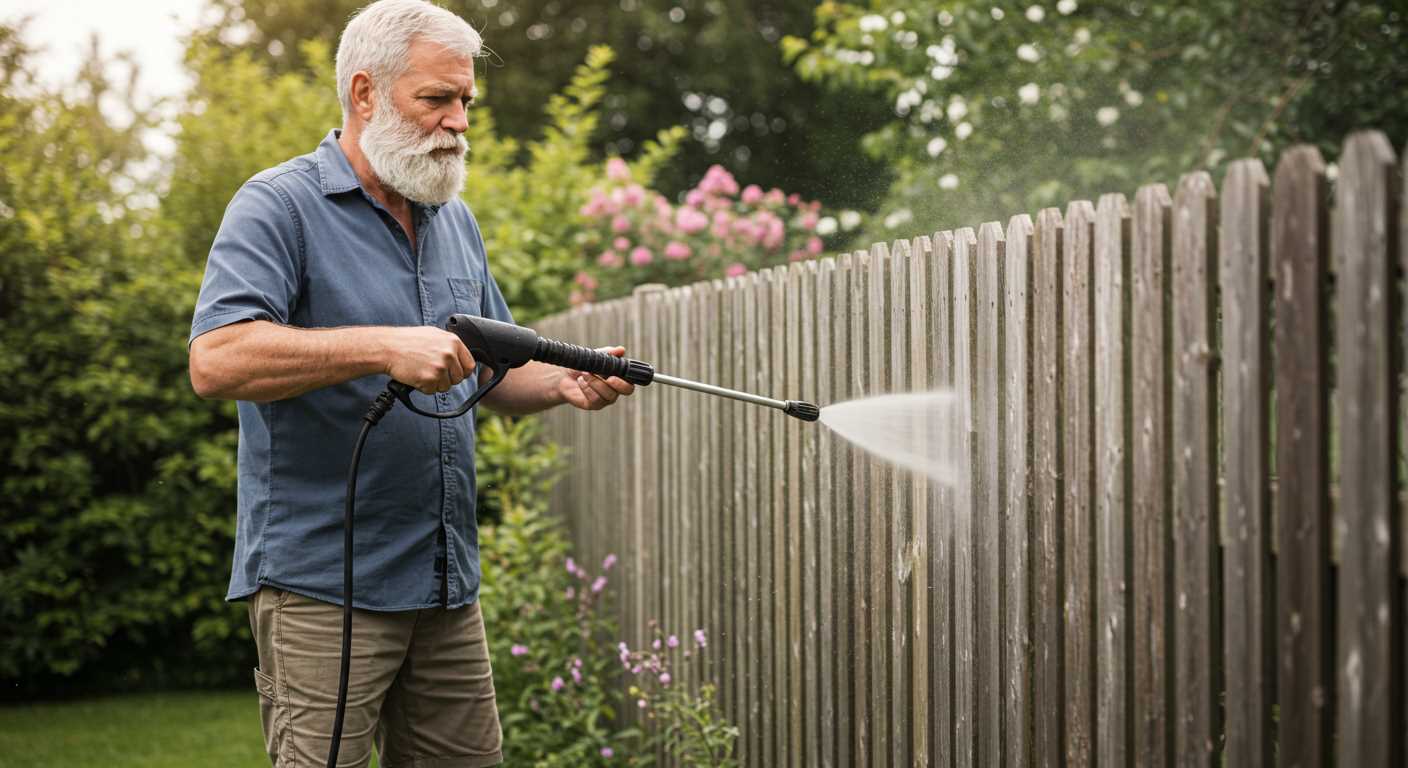
- Quick Connect: These fittings allow for fast attachment and detachment. Many brands utilise similar designs, but dimensions can differ.
- Screw Thread: Common sizes include M22 and 3/8 inch. However, even within these sizes, thread pitch might differ among manufacturers.
- Pistol Grip: This type requires specific fittings that often aren’t interchangeable across different brands.
When attempting to connect different brands, I recommend checking the specifications of both the hose and the equipment. Consider using adapters if necessary, but be aware that this might reduce performance due to potential pressure drops.
Recommendations for Compatibility
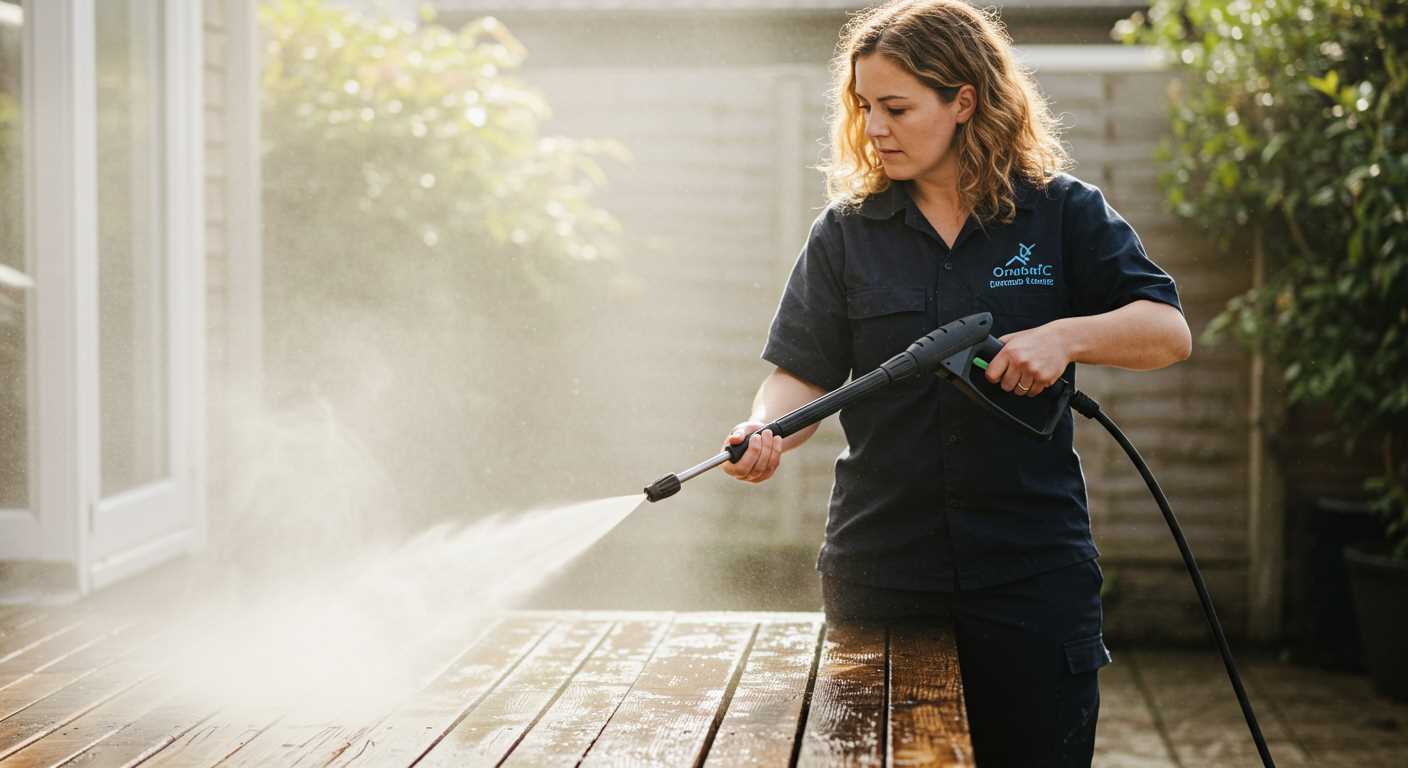
- Always refer to the manufacturer’s documentation for details on fitting types.
- If you purchase an aftermarket hose, ensure it explicitly mentions compatibility with your equipment brand.
- Consider consulting online forums or customer service for guidance on specific models and their fitting compatibility.
Having tested numerous brands, I emphasise the importance of ensuring compatibility before making any investment. Mismatched fittings can lead to leaks or reduced pressure, compromising overall efficiency in your cleaning tasks.
Length variations and their impact on performance
Choosing the right length for your cleaning equipment’s tubing directly affects its usability and efficiency. A longer tube indeed provides enhanced reach, making it easier to clean distant or elevated surfaces. However, a length exceeding 30 meters can lead to a noticeable drop in water pressure, which diminishes the cleaning power.
Conversely, shorter hoses, around 6 to 15 meters, maintain higher pressure without compromising flow rate. This is ideal for concentrated tasks requiring robust cleaning. Nevertheless, these smaller lengths may limit accessibility in larger areas.
Additionally, consider the type of task at hand. For detailed work or when dealing with intricate surfaces, shorter tubing allows for more control and steadiness. For expansive outdoor spaces, a longer variant can minimise the need for frequent repositioning.
Here’s a breakdown of performance based on hose lengths:
| Length (m) | Pressure (bar) | Recommended Use |
|---|---|---|
| 6-10 | High | Difficult surfaces, close detail work |
| 11-20 | Moderate | Residential cleaning, vehicles |
| 21-30 | Low | Large areas, general purpose |
| 30+ | Very Low | Limited access, potential performance loss |
For optimal performance, I recommend matching hose length to your specific tasks while considering the balance between reach and pressure retention. This approach ensures effective cleaning without unnecessary frustrations.
Material Differences and Durability Considerations
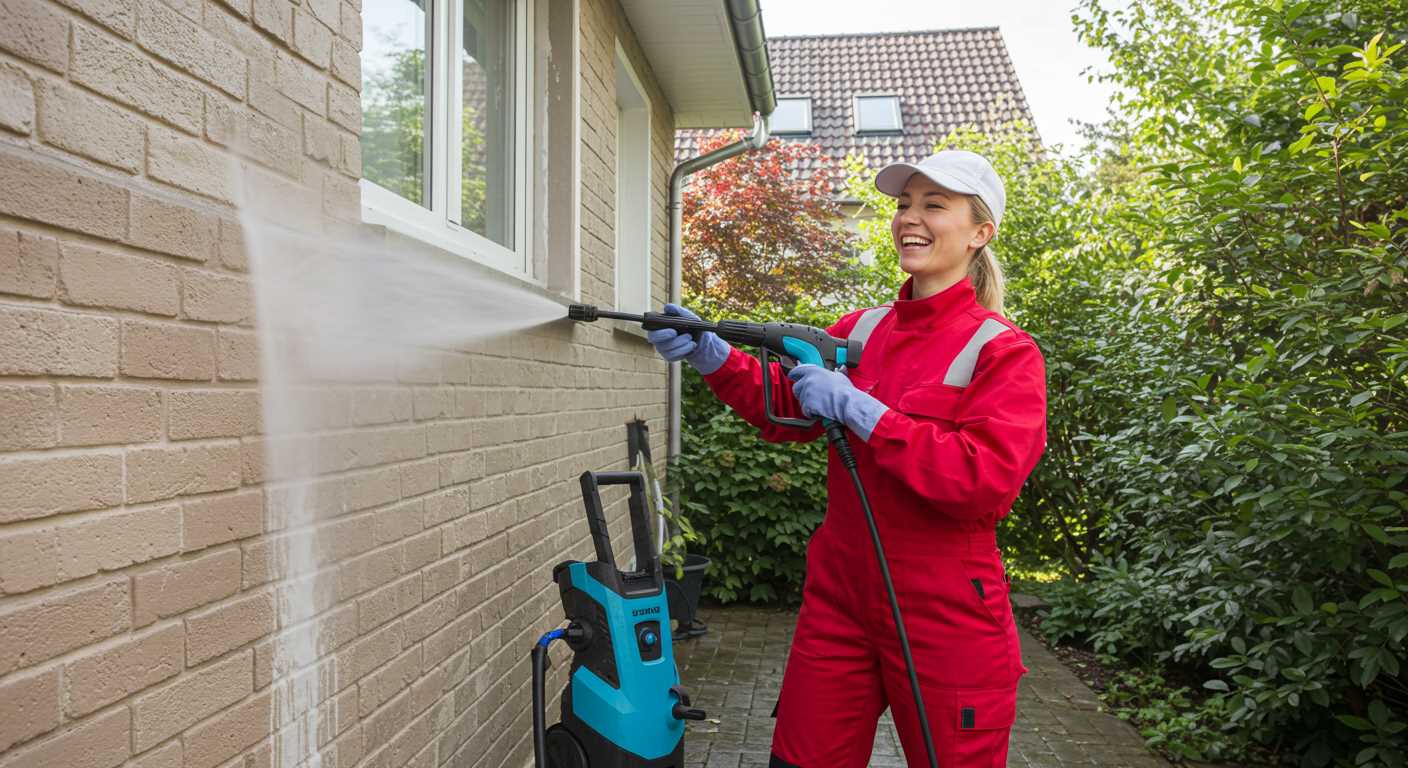
Choosing the right materials for hoses significantly impacts longevity and performance. Common materials include PVC, rubber, and polyurethane, each with its own strengths and weaknesses. PVC is lightweight and offers good resistance to certain chemicals, making it a popular choice for light-duty use. However, it can become brittle in colder temperatures.
Rubber hoses excel in flexibility and durability, making them suitable for heavy-duty applications. They resist abrasions and high temperatures well, but their weight can be a drawback for some users. Polyurethane combines the benefits of both rubber and PVC, providing flexibility, lightweight design, and resistance to kinking while retaining good chemical compatibility.
Durability Testing and Maintenance
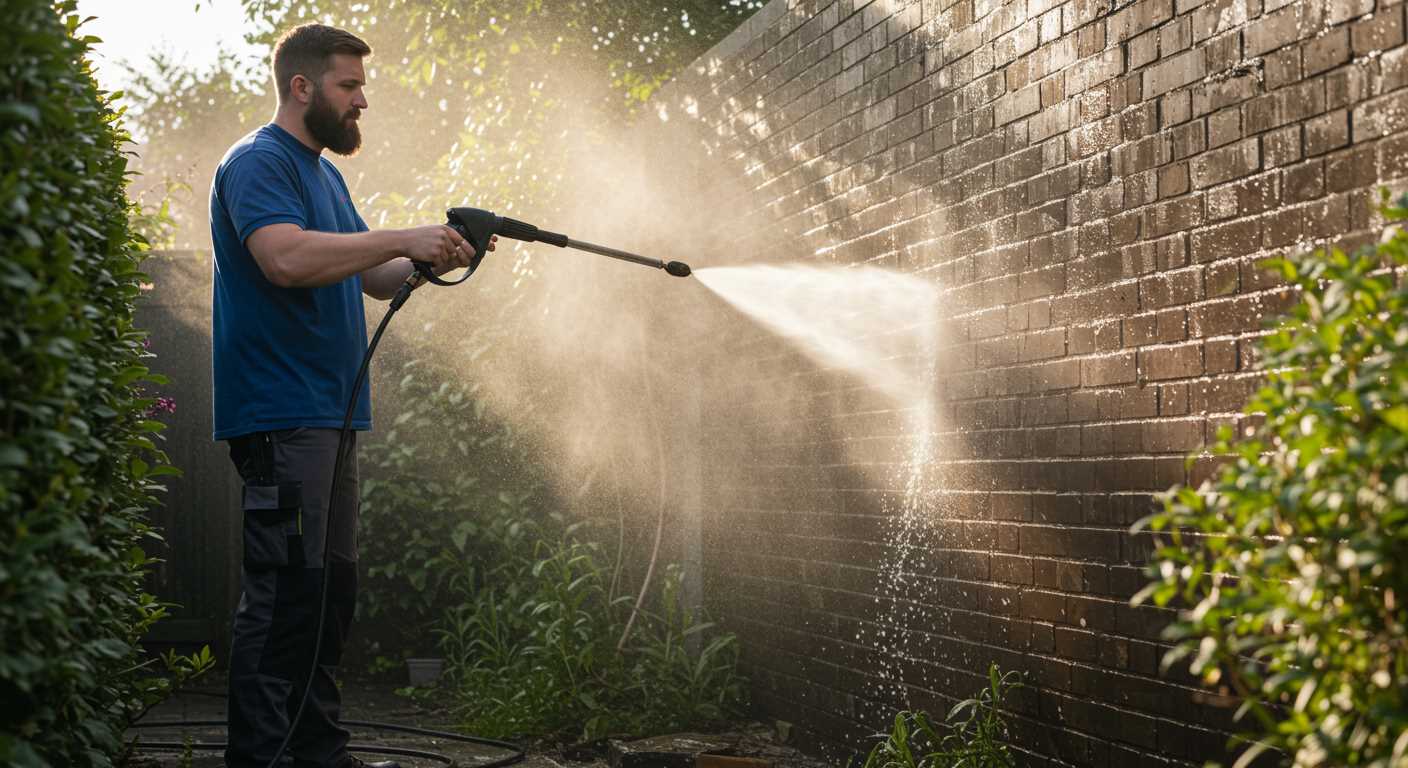
Durability testing involves assessing a hose’s ability to withstand pressure and environmental conditions. Regular inspection for wear and tear is vital. Look for signs of cracking, kinks, or leakage, which can indicate a need for replacement. Additionally, storing hoses properly when not in use–coiling them without tight bends–extends their lifespan significantly.
Environmental Impact on Material Choice
Consider the operational environment when selecting a hose. If used in harsh conditions or exposed to extreme temperatures, investing in a more robust material can save money in the long run. Proper selection based on the intended use and environment will enhance performance and reliability over time.
Identifying high-pressure ratings for different tasks
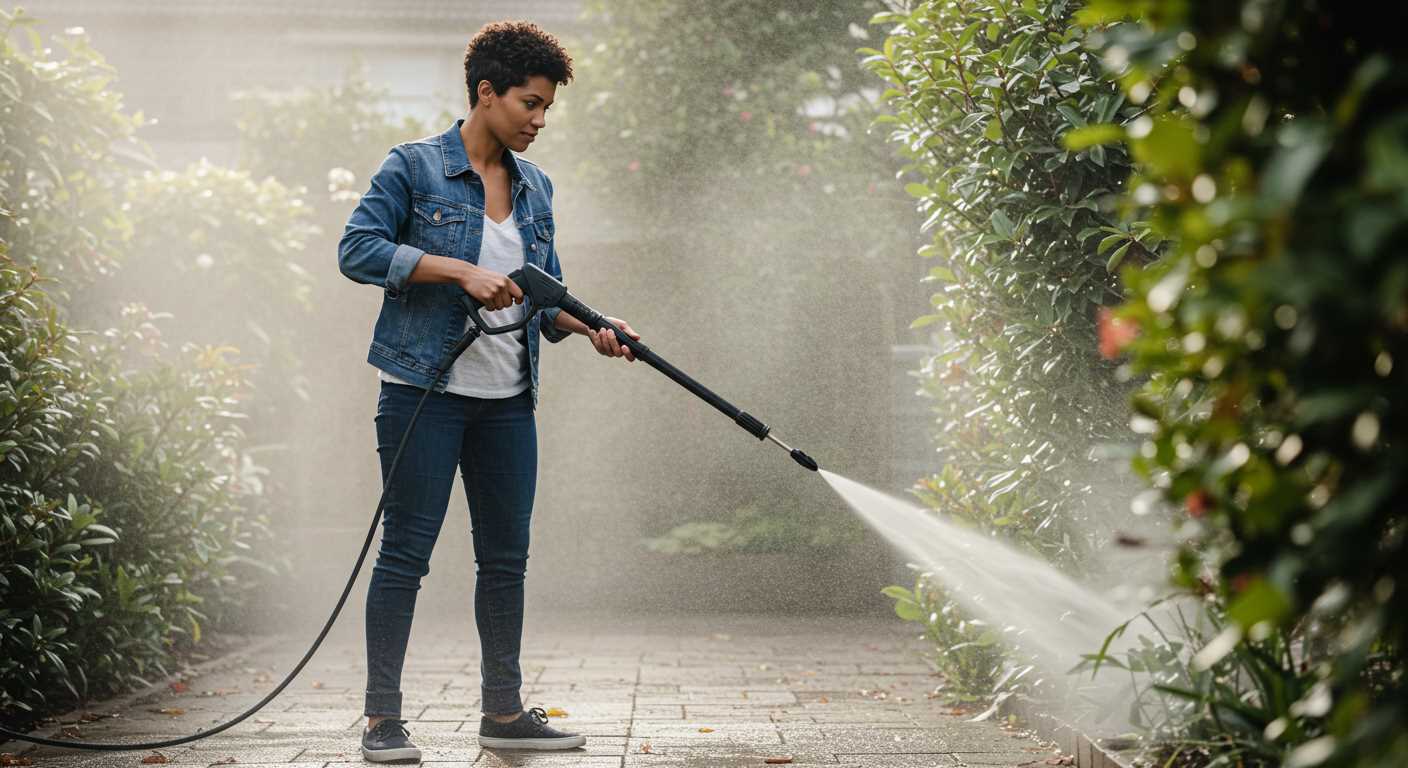
To effectively tackle various cleaning projects, understanding pressure ratings is fundamental. Each task necessitates a specific pressure level to achieve optimal results.
For lighter jobs like washing cars or garden furniture, a pressure of 1300-1900 PSI suffices. This range is sufficient for removing dirt without risking damage to softer surfaces.
Medium-duty tasks, such as cleaning decks or patios, require around 2000-2800 PSI. This rating ensures the removal of stubborn grime and mold without excessive effort. It strikes an ideal balance between power and safety for common outdoor surfaces.
For heavy-duty cleaning, such as stripping paint or cleaning large concrete areas, equipment with pressure ratings of 2900 PSI and above is necessary. This level provides the force needed to break down tough residues and deep-set stains efficiently.
- 1300-1900 PSI: Ideal for vehicles and delicate items.
- 2000-2800 PSI: Suitable for medium tasks like patio and deck cleaning.
- 2900 PSI and above: Best for heavy-duty jobs, including industrial cleaning.
When selecting equipment, always consider the recommended PSI for the intended task to ensure safety and efficiency. Inappropriately high pressure can cause damage to surfaces or equipment failures.
Common connector types and their uses
Choosing the right connector for high-pressure cleaning can greatly enhance both accuracy and efficiency. Here’s a breakdown of the most prevalent types and their specific applications:
Quick Connect Fittings
These are among the most common connectors in the industry. Quick connect fittings allow for effortless attachment and detachment, making them ideal for users who switch between accessories frequently. Most models feature a standardised size, so compatibility between different brands is often achievable. Use them for various nozzles, brushes, and extension wands.
M22 Connectors
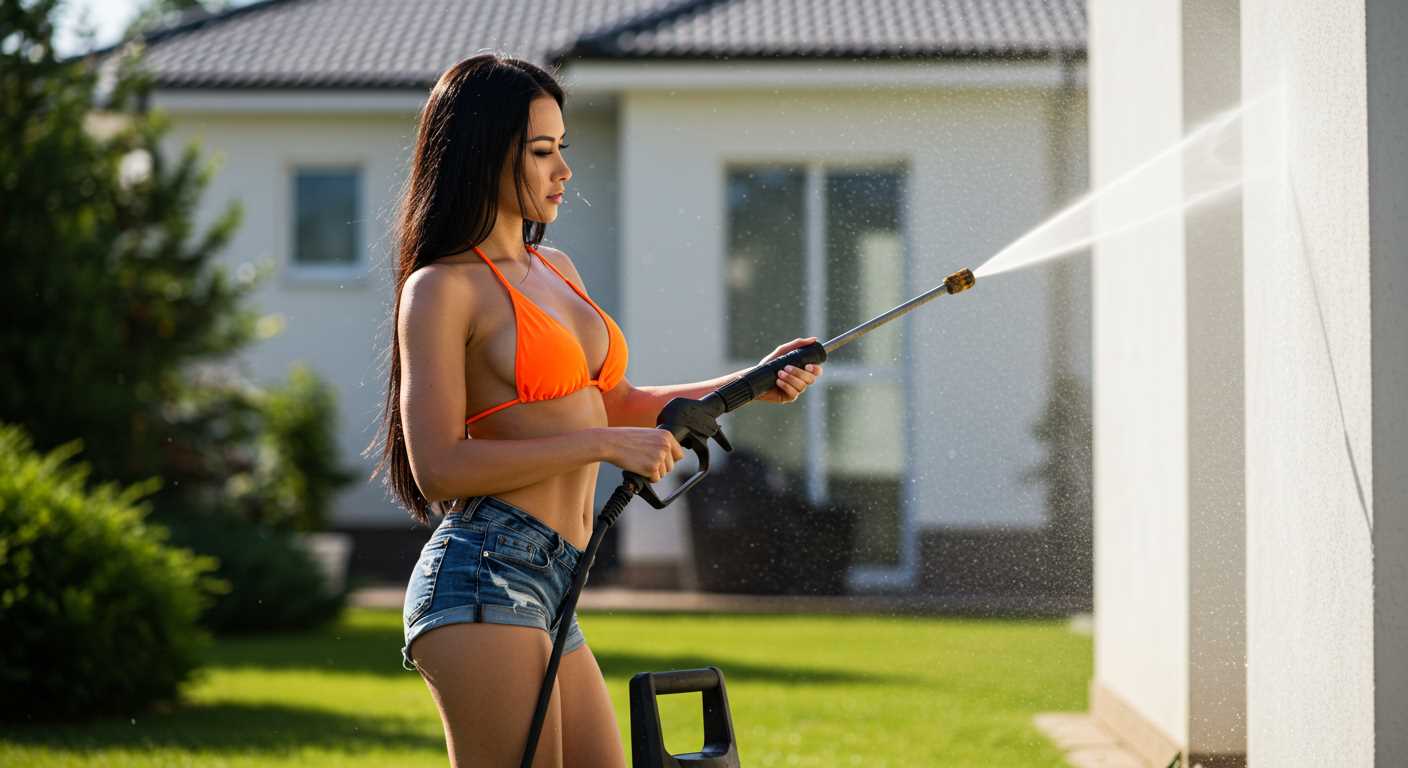
M22 connectors are prevalent in many commercial and residential equipment. They come in two variations: male and female. The male type typically fits into the machine, while the female connects to the hose. Ensure you check the thread size–most are either 14mm or 15mm, which can affect compatibility. These connectors excel in situations requiring high-pressure delivery and are robust enough for heavy-duty use.
Leveraging the right connectors can significantly streamline operations, making tasks quicker and more efficient. Always pay attention to compatibility to avoid leaks or performance issues during cleaning tasks.
Maintenance Tips for Prolonging Hose Lifespan
Regularly check for kinks or twists in the line during use, as these can cause stress and lead to leaks. Always unwind the full length of the line to prevent damage from tight bends.
Store the line properly. When not in use, coil it loosely and avoid hanging it in a way that creates stress points. A dedicated reel or storage box can prevent unnecessary wear.
Inspect the fittings periodically. Ensure they are clean and free from debris to maintain a tight connection. Replace any worn or damaged connectors to avoid leaks.
Use the correct cleaning solutions during operation. Aggressive chemicals can degrade the material over time. Opt for options recommended by manufacturers.
Avoid excessive heat exposure. Direct sunlight or hot surfaces can compromise the integrity of the line. When storing, keep it in a cool, shaded area to prolong its life.
Flush the line after use to remove any residual dirt or chemicals. This will help prevent blockages and maintain performance for future tasks.
Monitor the pressure settings on your equipment. Using settings above the recommended limit can put undue strain on the hose and shorten its lifespan.
FAQ:
Are all pressure washer hoses compatible with every model?
Not all pressure washer hoses are compatible with every model. Different pressure washers can have varying specifications regarding hose diameter, length, and connection type. It is essential to check your pressure washer’s manual for the recommended hose specifications. Some hoses may fit specific brands, while others offer universal compatibility. Always ensure that the fittings match your washer’s inlet to avoid any leaks or performance issues.
What factors should I consider when choosing a pressure washer hose?
When selecting a pressure washer hose, consider several key factors. First, check the hose diameter, as it should match the inlet size of your pressure washer. Second, evaluate the length of the hose; longer hoses can provide greater reach but may reduce pressure. The material of the hose is also important; rubber and reinforced PVC are durable options. Additionally, look for features like kink resistance and tool-free connections for convenience. Ensuring these aspects align with your washer’s requirements will optimise your cleaning experience.
Can I use a garden hose instead of a pressure washer hose?
Using a garden hose in place of a pressure washer hose is not advisable. Garden hoses lack the pressure rating and structural integrity required to handle high-pressure water flow typically generated by pressure washers. They can burst or leak, posing safety risks and possibly damaging your equipment. For optimal performance and safety, always use the manufacturer-recommended pressure washer hose designed specifically for your model.



